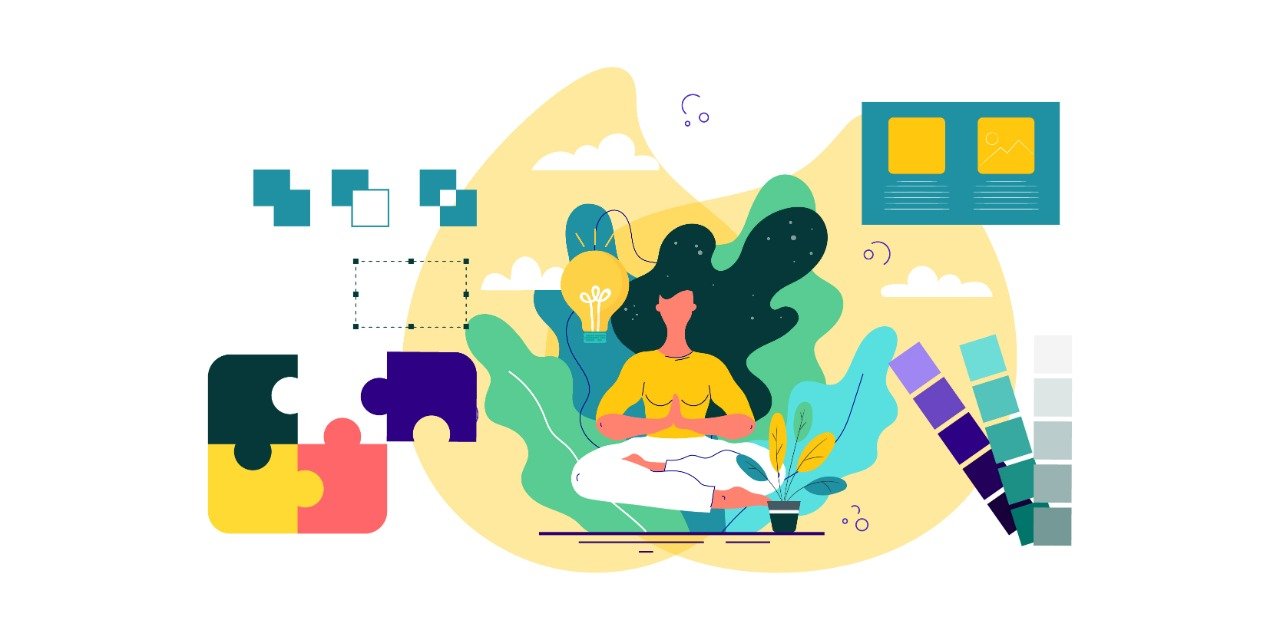Visual Design… Why is it Important?
Here is a link to the portfolio I reference in this post!!
WHAT IS VISUAL DESIGN?
Visual design aims to improve a design’s/product’s aesthetic appeal and usability with suitable images, typography, space, layout, and color. It’s more than just aesthetics- designers understand and place elements carefully to create interfaces that optimize the user experience.
Visual design is very strategic as it relates to emotional design- the user’s first impression of or gut reaction to a design. You really have to grab the attention of a viewer because if they don’t like what they see in the first few seconds, they will ignore it and leave it alone. So it’s really important to know what your users are looking for and design in a way that can entertain and appeal to many types of people.
MY 6 WEEK STUDY IN VISUAL DESIGN
In order to really understand visual design, I created projects that tested and furthered my skills in the area for six weeks straight. Focusing on this aspect of design really allowed me to understand and appreciate all that comes out of it. Not only does one have to think about lines, shapes, colors, and images, but also how they can work together and complement each other to bring across a certain message. I used visual design to understand how to create and organize elements to lead the user’s eye to an item’s functionality and make the aesthetics consistent.
WHAT I LEARNED
When conducting my studies and designing my projects, I not only completed what I set myself out to do but also researched throughout. I read articles and found tutorials that helped me understand the deeper meaning of visual design. Everything that is out into a design needs to have a purpose. It can’t just be put there because it looks good. There has to be a meaning behind it and it has to also work with other elements on the page.
Careful visual design and good usability are what lead to a successful design. As a visual designer, you should strive to create content that is consistent and predictably organized but at the same time impressively distinct. This also includes meeting the users’ expectations so we as designers win and keep their trust, and impress them with a unique brand presence.
One thing I learned that I never realized before was how important one single element can be. When creating promotional materials for a flea market, my design was too mellow and peaceful, whereas a flea market is lively and diverse. By just adding a single element in different colors, I was able to give the piece a whole new meaning and really allow it to speak for the event itself.
THE WORK I CREATED
Throughout my study, I was able to create logos, illustrations, posters, photo boards, brand strategies, brochures, package designs, promotional materials, and a website design. I was really able to be diverse in my work and choose a vast variety of visual design pieces to create. The process was a great learning curve and the perfect way to further my skills in this area.


